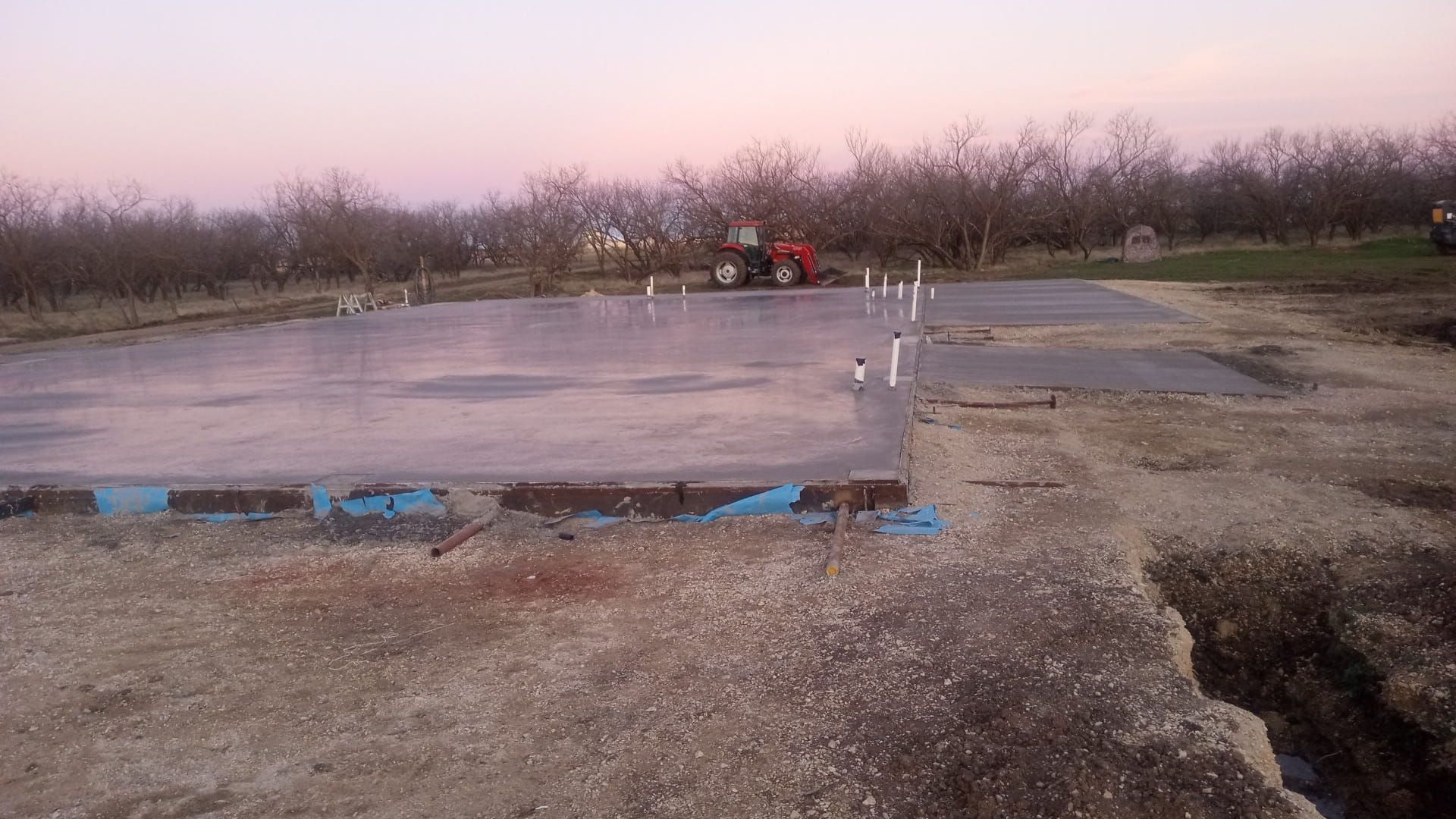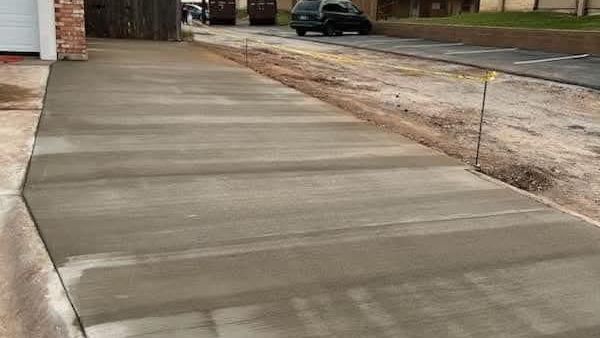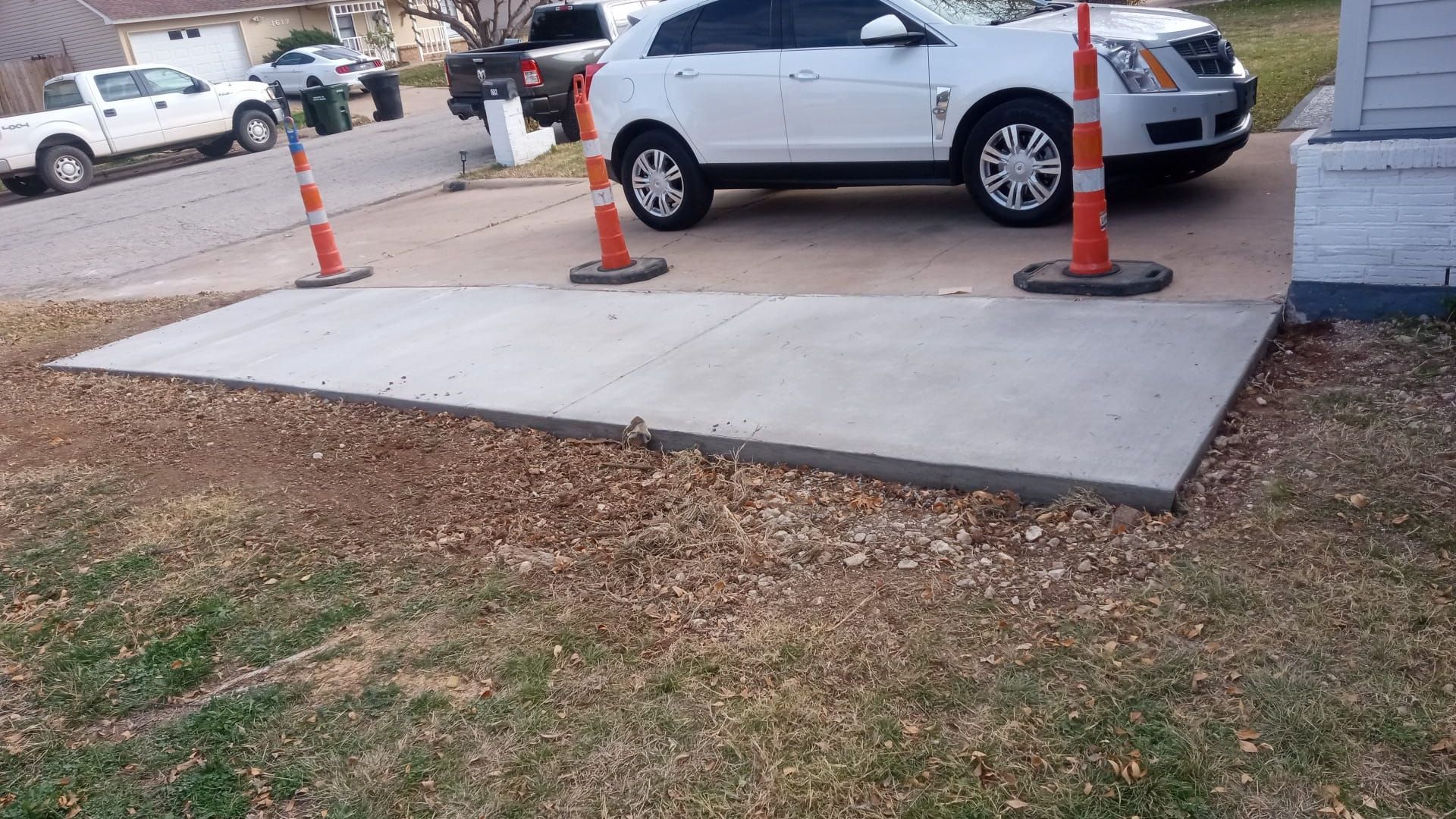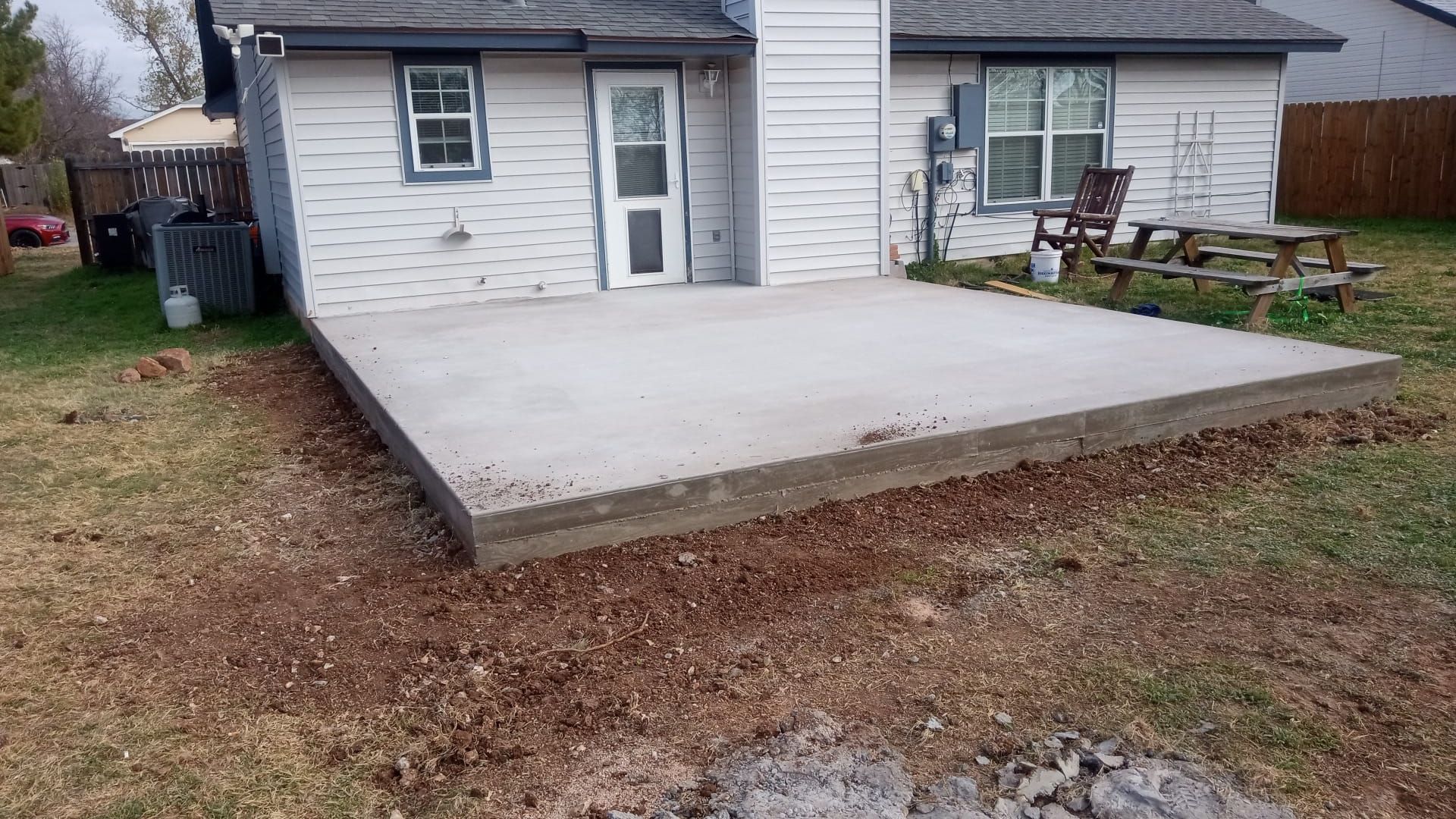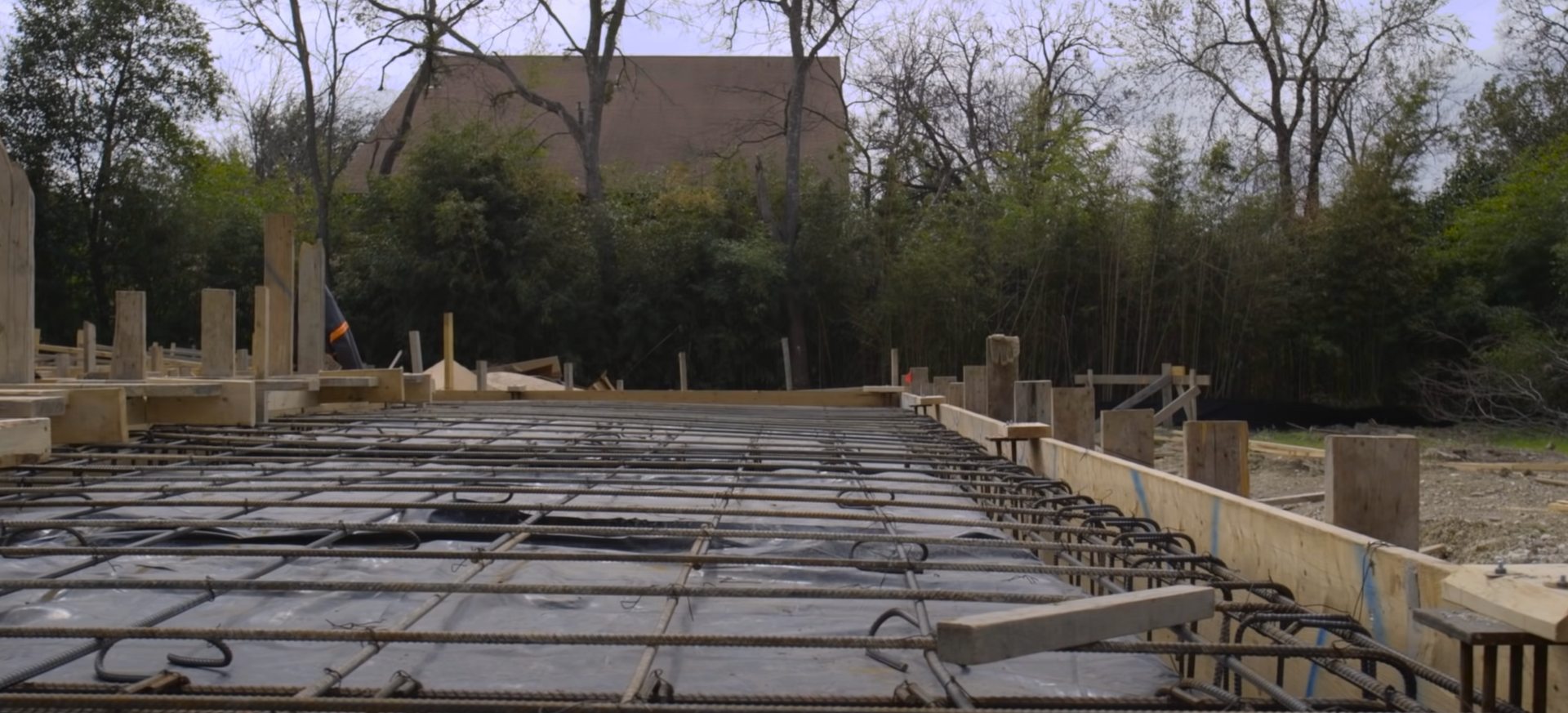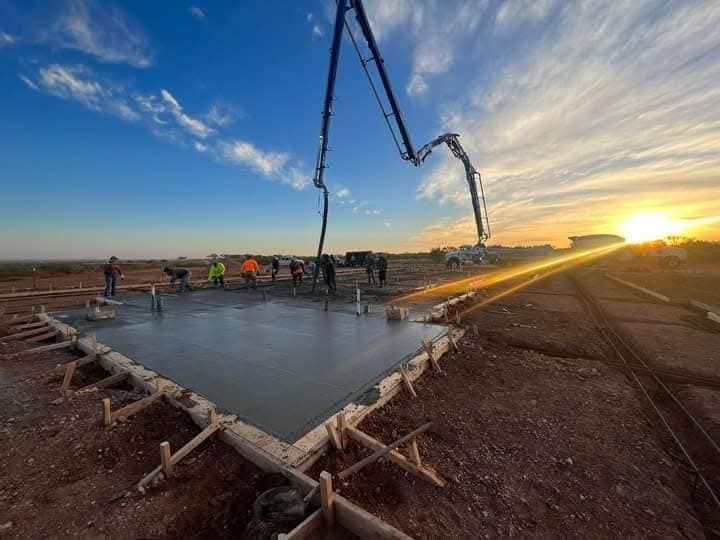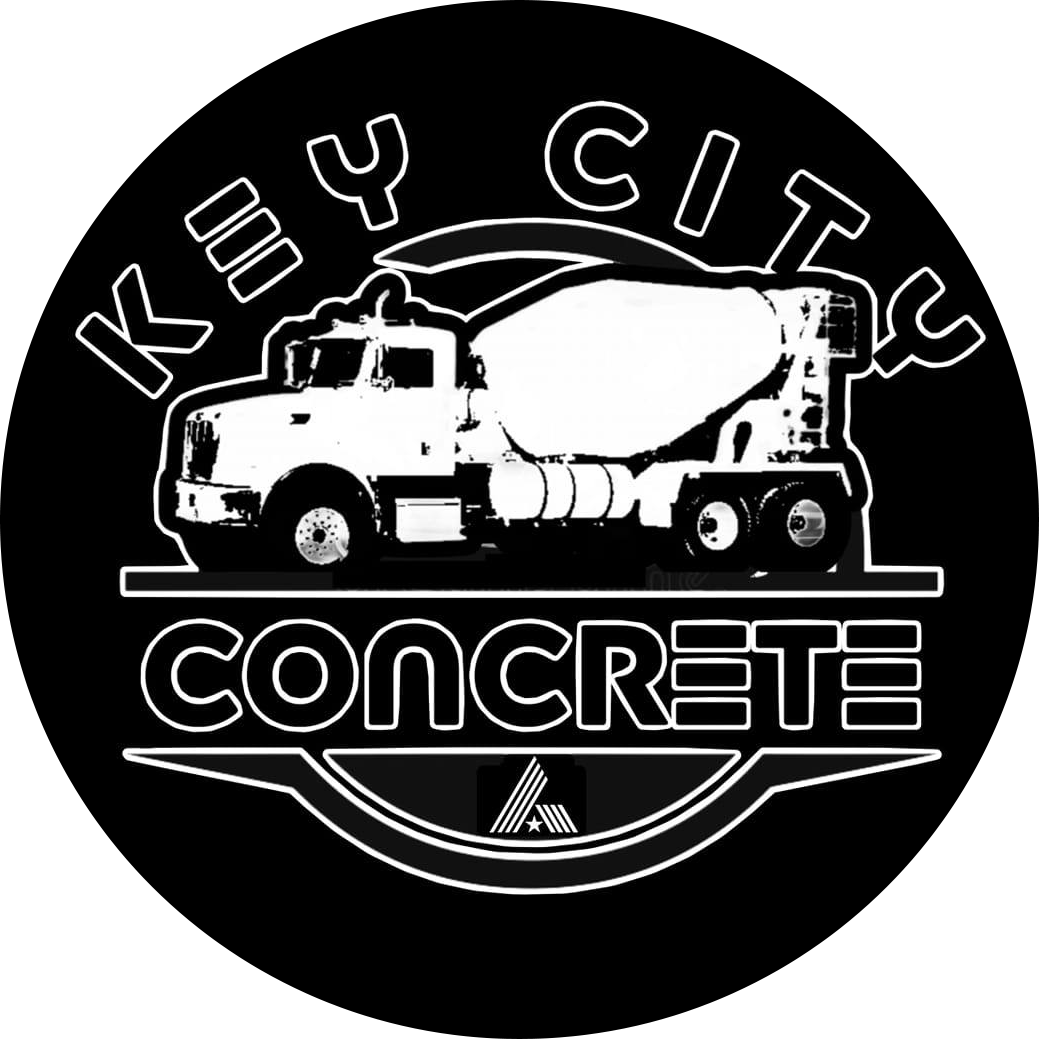Prevent Structural Issues with Reliable Commercial Foundations
A commercial building is only as strong as the foundation it stands on. If the foundation weakens, the entire structure is at risk. Cracks, sinking floors, and shifting walls can lead to expensive repairs and safety concerns. The best way to avoid these problems is by ensuring proper foundation construction, regular maintenance, and early detection of warning signs.
This guide covers common foundation issues, how to prevent them, and the best foundation types for long-term stability.
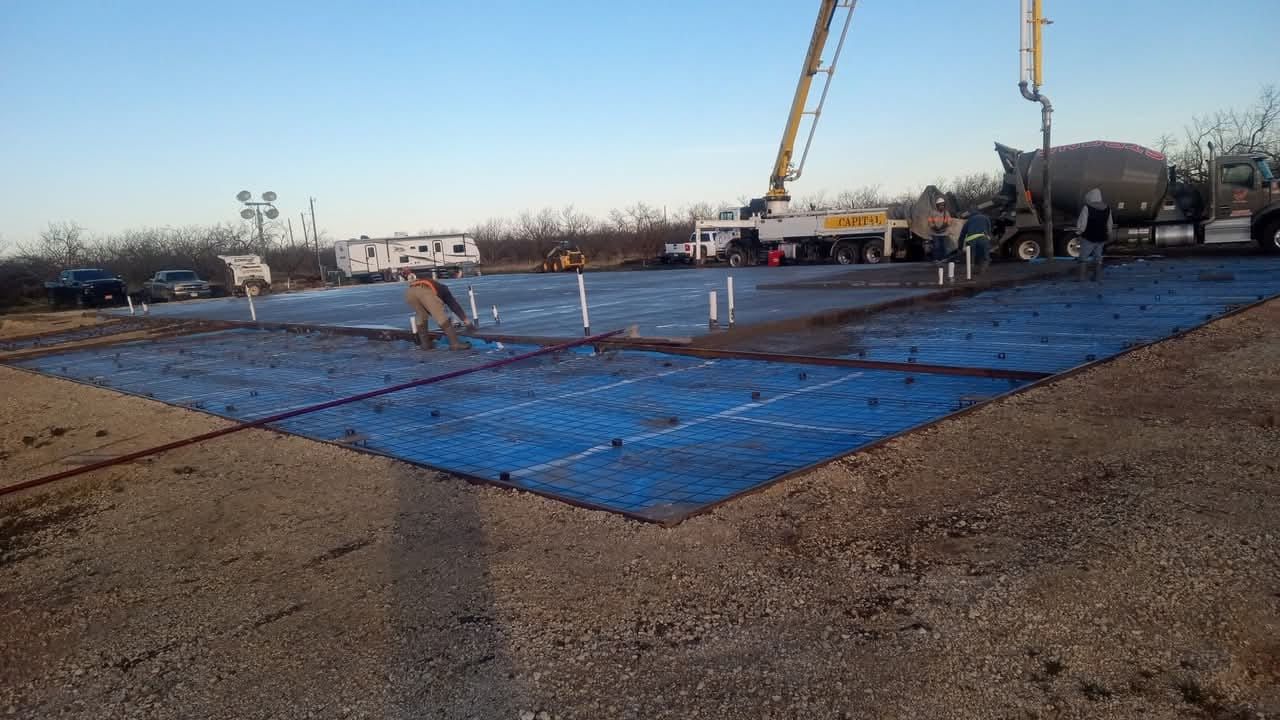
Why a Strong Foundation Matters
If a building’s foundation isn’t solid, it can lead to structural damage, expensive repairs, and even business disruptions. Cracks, uneven floors, and shifting walls can appear when the foundation isn’t built or maintained correctly.
A strong foundation supports the weight of the building, keeps everything stable, and prevents long-term damage—even in areas with shifting soil and extreme weather.
Why a Strong Foundation Matters
If a building’s foundation isn’t solid, it can lead to structural damage, expensive repairs, and even business disruptions. Cracks, uneven floors, and shifting walls can appear when the foundation isn’t built or maintained correctly.
A strong foundation supports the weight of the building, keeps everything stable, and prevents long-term damage—even in areas with shifting soil and extreme weather.
Helical Anchors: A Reliable Solution for Stability
Helical anchors are steel rods drilled deep into the ground to keep foundations from shifting or sinking. They are often used in areas with loose or unstable soil and provide extra support for commercial buildings.
By securing the foundation at a deeper level, helical anchors help prevent cracks, uneven floors, and long-term settlement issues. They are a proactive solution that can save property owners thousands in future repairs.
How to Lift and Restore Commercial Foundations
When a commercial foundation starts sinking, underpinning is the best way to fix it. This process lifts and stabilizes the structure by transferring the weight to stronger, deeper soil layers using resistance piers or helical piers.
Underpinning can:
- Correct uneven floors and misaligned walls
- Prevent further structural damage
- Increase the lifespan of the foundation
With the right underpinning techniques, even a failing foundation can be restored, protecting the building for years to come.
Understanding What Causes Foundation Damage
Several factors contribute to foundation problems, including soil movement, weather changes, and construction errors. Recognizing these risks early can help prevent costly repairs.
Impact of Environmental Conditions
- Soil movement – Some soils expand when wet and shrink when dry, causing foundation cracks and uneven settling.
- Water damage – Poor drainage or excessive moisture can weaken the soil beneath the foundation.
- Extreme temperatures – Freezing and thawing cycles can cause soil movement, leading to foundation stress.
How Construction Methods Affect Foundations
- Poor soil preparation – If the soil isn’t compacted properly before construction, the foundation may shift over time.
- Low-quality materials – Using substandard concrete or inadequate reinforcement can weaken a foundation.
- Improper drainage installation – Without proper water management, soil erosion can cause the foundation to sink or crack.
Why Proper Installation is Essential
- Adequate soil compaction, high-quality materials, and proper drainage systems are necessary for a long-lasting foundation.
- Cutting corners during installation can lead to foundation failure and costly repairs down the road.
How to Prevent Foundation Issues
The Role of Waterproofing in Foundation Protection
Water is one of the biggest threats to a foundation. Moisture buildup weakens materials and leads to cracks. Installing proper drainage, waterproofing membranes, and sealants helps keep foundations dry and stable.
Why Routine Inspections Are Important
Regular inspections help identify small cracks, shifting, or weak spots before they turn into major problems. Having a professional check the foundation annually can save thousands in future repairs.
Managing Moisture to Protect Your Foundation
Soil expands when wet and shrinks when dry, putting stress on a foundation. Proper moisture control includes:
- Proper grading ensures water drains away from the foundation instead of pooling around it.
- Gutters and downspouts prevent rainwater from seeping into the soil near the foundation.
- Strategic landscaping with trees and plants can help regulate moisture levels around the building.
Warning Signs of Foundation Problems in Commercial Buildings
Ignoring early warning signs can lead to serious structural damage. Here’s what to watch for:
Cracking in Walls and Flooring
- Hairline cracks may be cosmetic, but wide or spreading cracks can signal foundation movement.
- Diagonal cracks or those that allow water intrusion need immediate attention.
Flooring That Appears Uneven
- Sloping, dipping, or bouncy floors suggest uneven foundation settling.
- Gaps between flooring and baseboards could indicate shifting.
Doors and Windows That No Longer Fit Properly
- Sticking or misaligned doors and windows point to foundation movement.
- Visible gaps around door and window frames can indicate structural shifts.
Types of Reliable Commercial Foundations
Different buildings require different foundation types, depending on the soil and climate.
- Slab-on-Grade – A concrete slab poured directly on the ground. Best for warm climates with stable soil.
- Pier and Beam – Raised beams supported by piers. Good for uneven ground and shifting soil.
- Mat (Raft) Foundation – A thick concrete slab that spreads weight evenly. Used for heavy buildings on soft soil.
- Pile Foundation – Deep concrete or steel columns driven into the ground. Ideal for high-rise buildings or weak soil conditions.
Choosing the right foundation ensures long-term stability and minimizes future repairs.
The Benefits of Using High-Quality Foundations
A well-built foundation provides long-term structural stability and prevents costly repairs. Investing in high-quality commercial foundations ensures:
Increased Load-Bearing Capacity
- High-quality foundations support heavy equipment, machinery, and multi-story structures without stress-related damage.
Reduced Risk of Cracking and Settling
- Stronger materials and reinforcement techniques minimize the risk of structural failure.
Enhanced Water Resistance
- Premium waterproofing materials protect against moisture intrusion, mold growth, and erosion.
Long-Term Cost Savings
- A durable, well-built foundation reduces the need for frequent maintenance and costly repairs.
Choosing the right foundation type and using the best materials from the start prevents expensive structural issues later.
Keeping Your Commercial Foundation Strong for Years to Come
A stable foundation protects your investment and prevents structural failures. Follow these steps to keep it in top condition:
- Control moisture by managing drainage and grading.
- Seal cracks early to prevent expansion and water intrusion.
- Schedule regular inspections to catch small problems before they worsen.
Addressing minor issues now avoids major repairs later, saving time and money.
Frequently Asked Questions
What’s the best foundation for a commercial building?
T-shaped foundations provide strong support, especially in colder climates where ground movement is a concern.
How can I prevent foundation separation?
Proper reinforcement techniques, bonding materials, and soil stabilization help keep a foundation intact.
How do I strengthen a weak foundation?
Underpinning with helical piers or resistance piers reinforces and stabilizes foundations suffering from settlement issues.
What are the most common foundations for commercial buildings?
Smaller commercial structures often use shallow foundations, while high-rise buildings require deep pile foundations for added stability.
What type of concrete is used in commercial foundations?
Most commercial buildings use concrete rated between 3,000 and 5,000 PSI, depending on load requirements.
Protect Your Foundation Before Problems Start
A strong foundation supports your building and prevents costly structural issues. Small cracks or drainage problems can quickly lead to major repairs.
At Key City Concrete, we build high-performance commercial foundations for businesses, warehouses, and industrial facilities in Abilene, TX. Using high-strength concrete and advanced reinforcement techniques, we ensure durability, safety, and long-term reliability.
Contact us today for a free consultation and get a foundation built to last.
